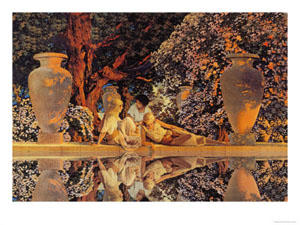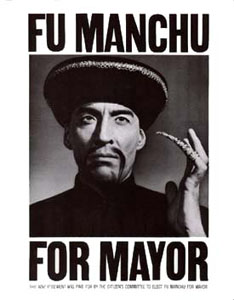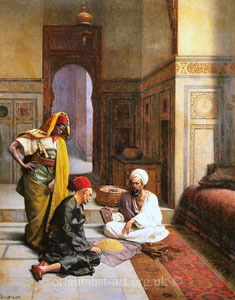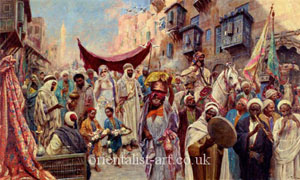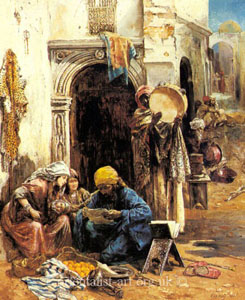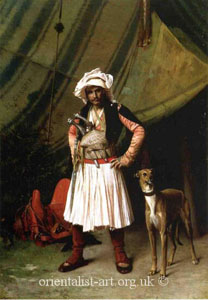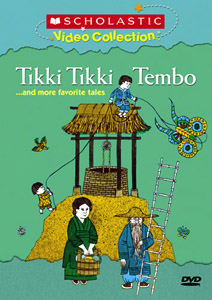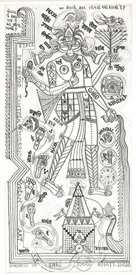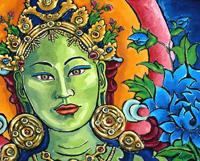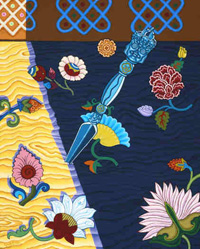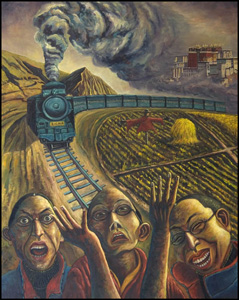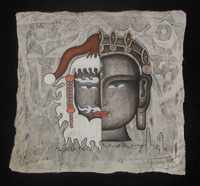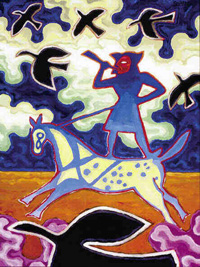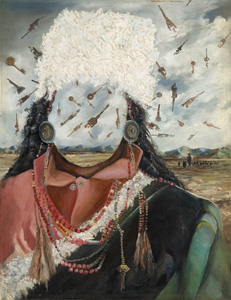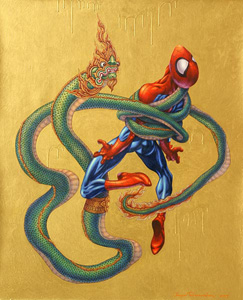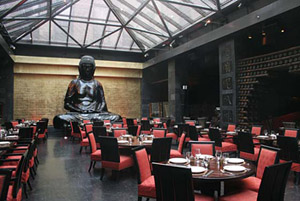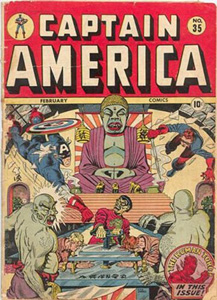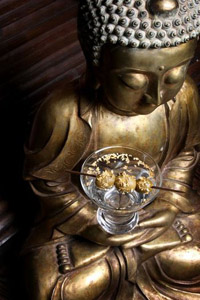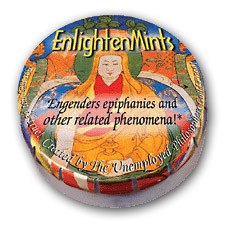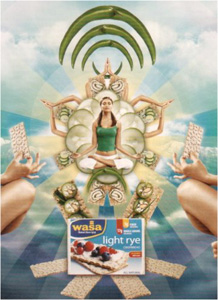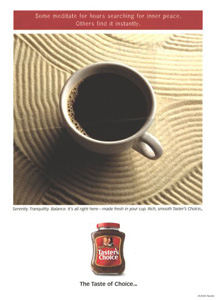
Manaugh Elementary School
 |
 |
[TITLE OF PROJECT]
| HOME |
| The "Us/Them" Idea |
| Exploring Orientalism in Art and Literature |
| Exploring American Indianism in Art and Literature |
| Similarities Between Tibetan and Navajo Cultures |
| Implications |
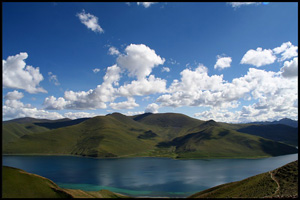 |
 |
Orientalism: 1. something (as a style or manner) associated with a characteristic of Asia or Asians
2. scholarship or learning in Asian subjects or languages
The above definition of orientalism comes from the Merriam-Webster dictionary and dates to 1769. Edward Said gave a new meaning to the term in his 1978 book, Orientalism. Said uses "orientalism" to explain the academic and artistic tradition which promoted a deprecatory and hostile view of the East by the West, which he believed were shaped by European imperialism in the 1700's and 1800's.
Keeping Said's definition in mind, let's explore stereotypes of the people of "the Orient".
Art Activity 1
*Students list their ideas, impressions of "the Orient". Remind them to think of artwork, books, poetry, films, tv, or video games. (3 minutes)
*Students share their ideas, comments with a partner. Add any ideas they want to their own list. (3-5 minutes)
*Each pair of students join another pair to share/compare ideas. Group identifies their top 3 (arbitrary number - whatever you want it to be) ideas regarding "the Orient" and lists them on chart paper/white board. (8-10 minutes)
*Review (briefly) the predominant ideas. Allow for questions and discussion. Raise the question of stereotypes if it doesn't arise.
Art Activity 2 - Gallery 1
*Hang a "gallery" of images (art, photography) depicting some aspect of "the Orient". Include titles, artists' names, and dates of the works. (Below are some images you may use.)Give students a photo analysis worksheet to use while viewing the images, use the same one for artwork. Link to Analysis worksheet Allow 15 -30 minutes for students to view and record.
*If time allows, have students pair up and compare their thoughts. Otherwise, collect sheets and look through them before next class.
*Discuss each image and ask students for their comments, observations. Why might this photo/artwork promote a stereotype of "the orient"?
-another possible assignment/activity-
*Ask students to think and then write about other stereotypes they are aware of and how the stereotype is promoted. (This may be an in-class assignment or homework, modify as needed. Here is a worksheet you may use.)
The Yellow Terror - 1899 |
The Garden of Allah - 1918
|
The Lamp Seller of Bagdad- |
 |
Movie Poster - 1965 |
Cigarette Ad - 1914 |
Art Activity 3 - Gallery 2
*Show students another series of artwork, ask them to look at the pieces with Edward said's definition of Orientalism in mind. Ask them to choose two pieces of artwork upon which to write a commentary, including justification for why they think the piece promotes a stereotypical view of "the Orient" or not. (For 4th/5th graders I ask for one paragraph about each piece of art.)
The Pipe Bearer -1859 |
The Fortune Teller-1897 |
La Procession Orientale - |
The Nubian Dance -1886 |
Reclining Odalisques by a Reflecting Pool- |
An Arab Bazaar -1889 |
Smoking the Hookah - |
Bashi Bazouk and his Dog- 1865 |
Pelt Merchant - 1869 |
Literature Activity 1
* In small groups, students will rotate through a series of quotes dealing with Orientalism, discuss their thoughts about the quotes, and respond to the quotes in writing. (Click here for 7 Orientalist quotes, ready to print) You may format this activity in any way you like, here is one example for setting up the activity.
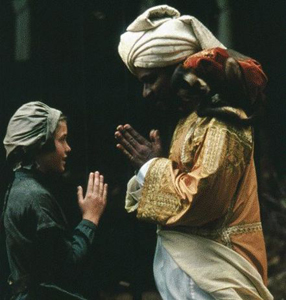 |
Literature Activity 2
*Print these pictures (or find your own) of Orientalism from children's books. (Clicking on the picture will bring up a larger version)
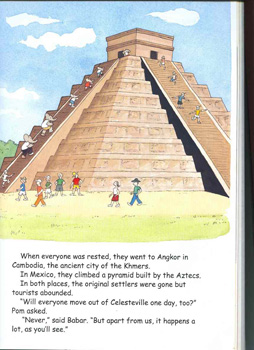 |
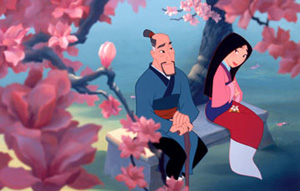 |
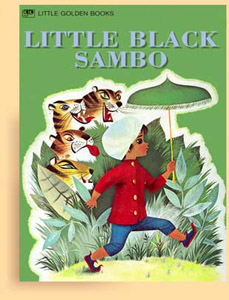 |
Literature Activity 3
*Hang another gallery of artwork by artists from "the Orient". Ask the students to consider the differences between the artwork in this gallery and the last one. As they view the pieces, the students write down questions, ideas, viewpoints,and impressions they have about or get from the artwork. (Here is a recording sheet for their thoughts.) (20-30 minutes)
*Allow for discussion time following the gallery, either in small groups or as a whole class.
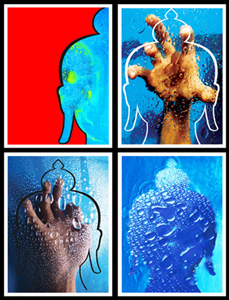 |
||
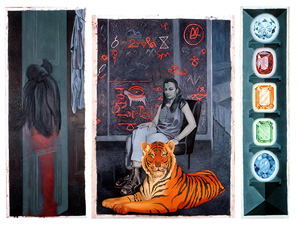 |
||
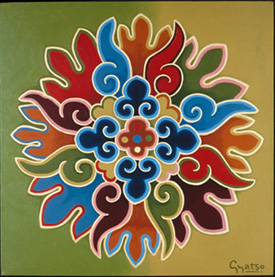 |
Literature Activity 4
*Students choose one image from gallery 1 and one image from gallery 2 and compare/contrast them in writing. Ask students to focus on Orientalism and images artists from"the Orient" create for themselves. (For 4th/5th graders I ask for at least two paragraphs, or a five paragraph essay from more advanced writers.)
Literature Activity 4
*Using a group of Images from advertising, students examine, discuss and analyze some uses of Buddhist images in the modern world. Below are 18 images collected from different sources. Clicking on each image will bring up a printable version of the image.
Here is a sheet for students to record their observations and responses.
 |
||
 |
 |
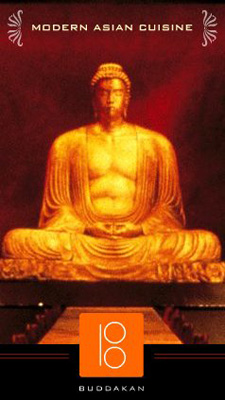 |
 |
||
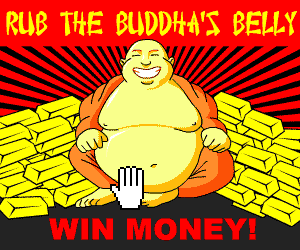 |
 |
|
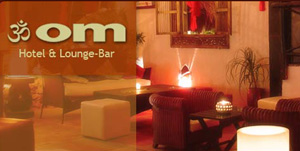 |

